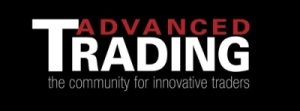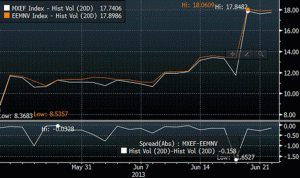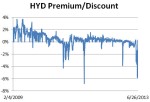In yesterday’s flows article, I talked about one of the biggest problems with ETF flows data; that is, a lot of times, that data is buggy.
The second problem is thornier. Even if you believe the data, it’s important to understand how it can be misleading.
The Second Problem: Misinterpretation
Even assuming that the flows data was perfect, I frequently see flows stories with headlines like “Investors put $100 million into GLD yesterday,” which give me pause. The reality of why money flows into and out of an ETF is slightly more complex than that.
If you’re an investor—whether you’re a hedge fund or my mother—you get ETFs the same way. You buy them on the open market. Only APs actually “put money” into an ETF. And they only do it when it makes financial sense for them to do so. So while ETFs can go in and out of favor—and experience enormous swings in volume—they’ll only actually grow or shrink in size when the ETF becomes over- or underpriced.
Let’s look at a simple example. Below illustrates the data on the Market Vectors Indonesia ETF, IDX. It’s an annoying fund for a market maker, because to make new shares, they have to go buy a bunch of Indonesian stocks, and that market’s not open during U.S. trading hours. Consequently, they’ll let the fund trade to a bit of a premium or discount before they’ll step in. Continue reading









